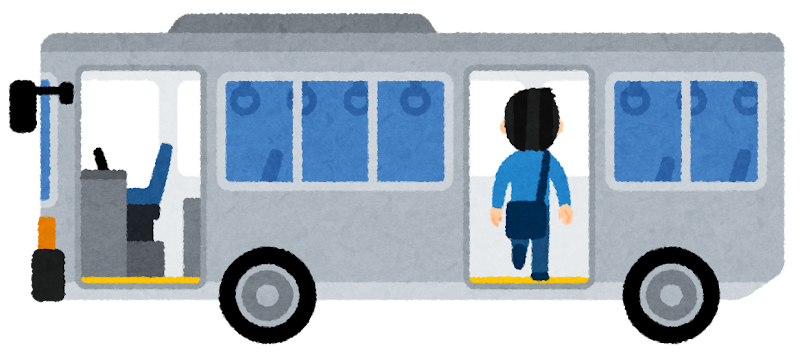Lost by Japanese public transport ?

TokyoStay is here to explain the particularities and rules to adopt in Japanese public transport!
Japan is known around the world for its clean, on-time, and efficient public transport. Whether you’re visiting Tokyo, traveling around the country, or just going to work, the trains, subways, and buses make it easy to get around once you understand how the system works.
Here is a simple guide to help you use public transportation in Japan with confidence.
🚆 Train and Subway Systems
Japan’s rail network is extensive and includes:
- JR Lines (Japan Railways): These include local, rapid, and long-distance lines such as the Shinkansen. JR operates throughout the country!
- Private Railways: In addition to JR, many regions have private lines ( Tokyu, Keio, Hankyu, Kintetsu…), especially around major cities like Tokyo, Osaka, and Nagoya.
- Subways: Major cities like Tokyo, Osaka, Kyoto, and Fukuoka have their own subway networks.
🕐 Tip: Avoid rush hour (7:30–9:30 AM and 5:00–7:00 PM) if possible, as trains can be extremely crowded.
💳 IC Cards: Suica, Pasmo & More

For convenience, most people use rechargeable IC cards that allow you to tap in and out at train stations and buses:
- Suica (by JR East) and Pasmo (Tokyo area)
- Icoca (Osaka/Kyoto area)
- Toica, Kitaca, Manaca, PiTaPa, and others
✅ Good to know:
- These cards are interchangeable in most major cities.
- You can also use them at convenience stores, vending machines, and even for some taxis.
- Cards can be topped up at ticket machines or convenience stores.
📱 IC Cards on Your Smartphone:
You can also add IC cards to your smartphone using Apple Wallet (for iPhone) or Google Wallet (for Android). This lets you tap your phone instead of a physical card to pay for trains, buses, and even at shops.
- For iPhone: Suica, Icoca and Pasmo are supported.
- For Android: Suica is available on compatible models.
It’s fast, contactless, and you can recharge directly from your phone!
🚌Taking the Bus in Japan

Buses are a great option in areas not covered by trains, especially in Kyoto, regional towns, and countryside areas.
- Boarding:
- In most cities (except Tokyo), board from the rear door and exit from the front.
- In Tokyo, you usually board from the front and pay right away.
- Ticket or IC Card:
- Take a numbered ticket when you board (in some areas).
- Tap your IC card or smartphone when boarding and again when getting off.
- Paying:
- Fares are based on distance (check the screen at the front for your number and fare).
- Pay with coins, bills (¥1000 only), or your IC card/phone.
🚨Public Transportation Etiquette in Japan
To ensure a smooth and respectful experience for everyone, here are the basic rules of behavior when using trains, buses, and subways in Japan:

✅What To Do
- 🎒 Hold your backpack in front of your body: Especially during rush hours.
- 🪑 Offer your seat: Give priority to the elderly, disabled, pregnant women, and people with children.
- 📏 Line up neatly: Always queue in front of platform markings and wait your turn to board.
- 🔇 Respect reserved zones like women-only cars.
- 🔄 Follow escalator etiquette: Stand on the left, walk on the right in Tokyo.
❌What Not To Do
- 🚫 No eating: Except on long-distance trains like the Shinkansen.
- 🚫 No drinking
- 🚭 No smoking or vaping
- 📵 No talking on the phone
- 🧍♂️ Don’t block the flow: Avoid standing in doorways or crowding the exits.
